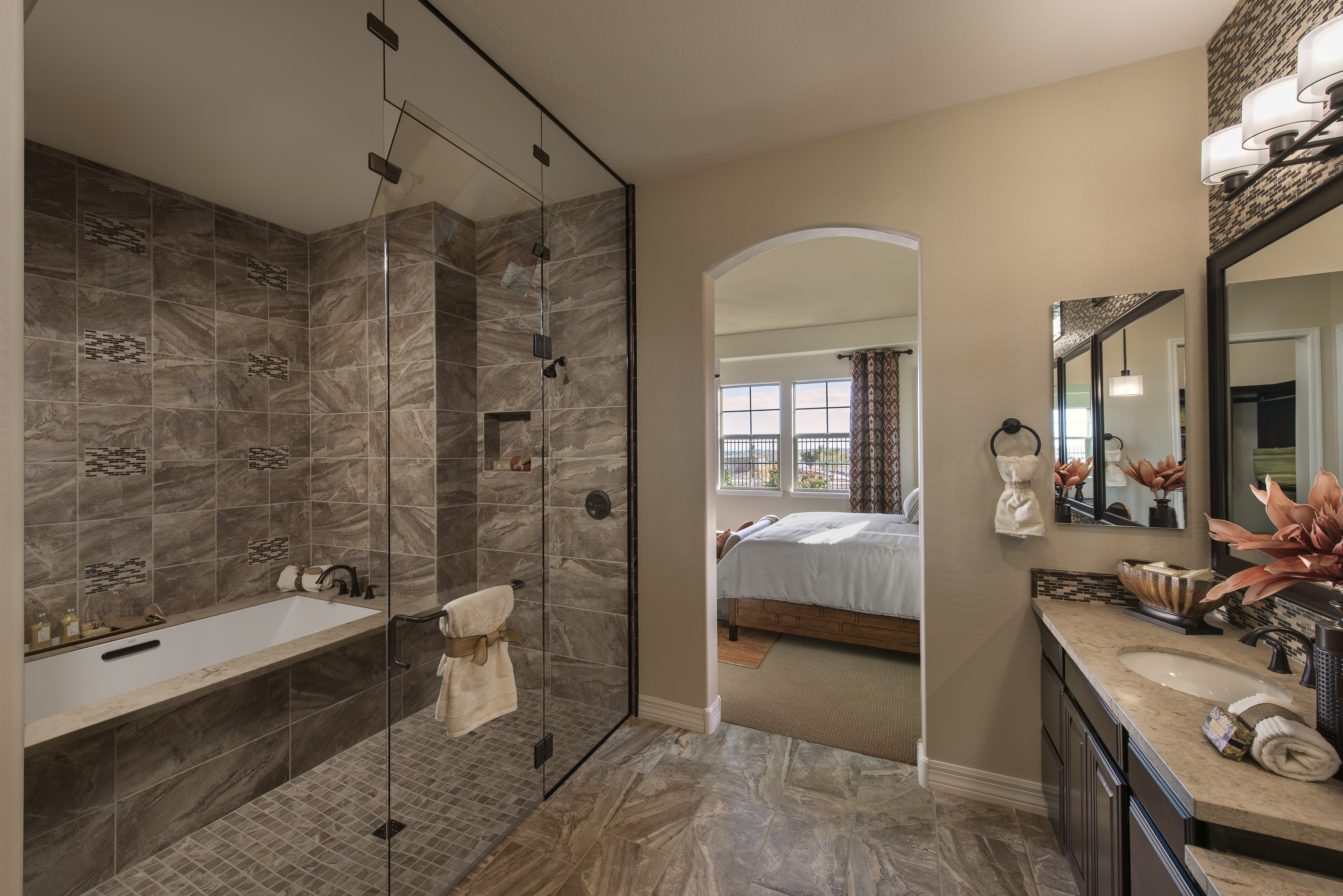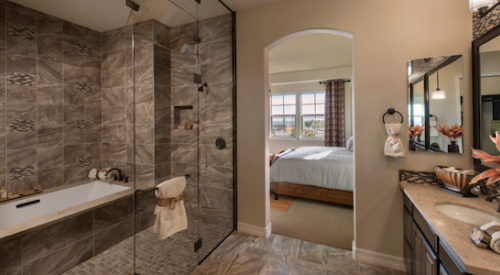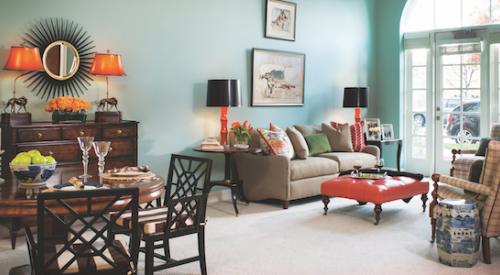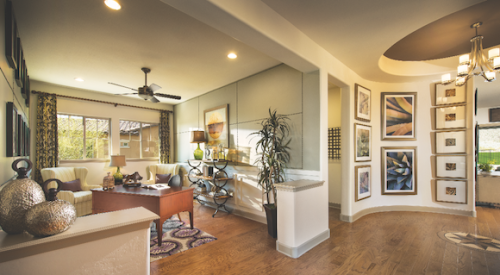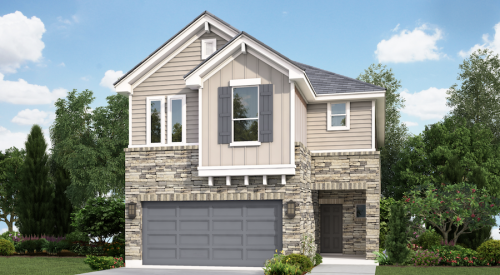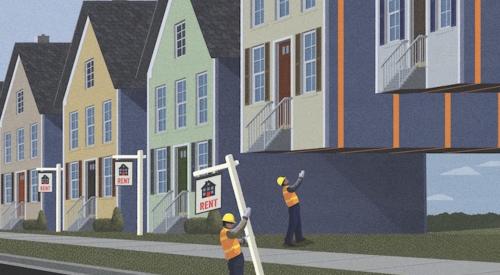New household formation has been at record lows, affecting for-sale development as first-time homebuyers delay their entry into that market. And that delay has fueled growth in the apartment sector. But it’s not just Gen Y driving the growth. Research by the Joint Center for Housing Studies of Harvard University finds that although they made up just 25 percent of renters in 2014, households aged 55 and over contributed 42 percent of renter household growth over the preceding decade. Within the 65-and-over age group, population growth alone accounted for all of the growth in renter households. With 10,000 Americans turning 65 each day through 2030, that trend will continue. Capital is following that trend.
A new wave of investors is entering the senior housing sector, says Brian Murdy, vice president and national director in Marcus & Millichap’s seniors housing group. Beth Mace, chief economist and director of capital markets outreach at the National Investment Center for Seniors Housing & Care, agrees. “Increasingly,” she says, “the seniors housing sector is showing up on the radar screen of institutional investors due to compelling investment returns and diversification benefits.”
For years the vast majority of age-qualified rental properties were also income-qualified. There’s still a huge demand for affordable senior housing: Communities such as the 1,100-unit Angelus Plaza in downtown Los Angeles (pictured, left) has 2,400 people on its waiting list. But now traditional apartment developers are going all-in on market-rate 55-plus product to capture the growing number of active adults who choose to rent. To succeed, builders and developers will need to know who their competition is and what their target tenants are looking for.
Adult renters do so by choice and can pick from any rental property, including all-age communities in the same market—the same communities that have been competing in the recent amenities grab and are the main competition for age-qualified rental communities. But beyond the right amenities, active adults are looking for the right location: near family and friends, and with easy access to grocery shopping, restaurants, and entertainment, says Margaret Wylde, president and CEO of market research firm ProMatura Group.
The poster child for Wylde’s research is Azulon at Mesa Verde, a 214-unit age-qualified development in Costa Mesa, Calif. On the site of what was to be the second phase of a grocery-anchored shopping center, this resort-style community is amenity rich. But best of all is that residents can walk through a landscaped paseo to shopping and dining. Just as the amenities race caused apartment developers to up their game to attract Gen Y, new adult communities will experience a similar competition for Boomer residents.
Investor capital is asking for more than just a resort look; the demand is for a hospitality feel. David Crowe, chief economist for the NAHB, says that the 65-and-over demographic was the only age group that actually saw an increase in net worth from 2007 to 2013. At the prime age to start renting, they’ll be able to afford a luxury lifestyle in their housing choice. Active Adult rentals will feel more like a Four Seasons or Ritz Carlton Resort than ever before. More luxury communities are poised to come to market in the next few years.
Half a century ago, Sun City in Phoenix landed Del Webb on the cover of Time magazine for a community hailed as visionary. Builders such as Shea Homes and K. Hovnanian followed with Trilogy and Four Seasons. But most other large production builders stayed away from senior housing—until recently.
Last year DMB opened Victory at Verrado, in Buckeye, Ariz., with universal design in every home. KTGY worked on this project, and we consider it visionary: Builders who’d never done active-adult housing were invited. To ensure freshness, a brain trust of experts on aging was assembled. Floor plan innovations, such as setting the laundry room next to the master bath or closet; providing a snore room; and ensuring that entry, garage, pantry, and kitchen relate to one another, have given builders the tools to create the Next Big Thing. PB
